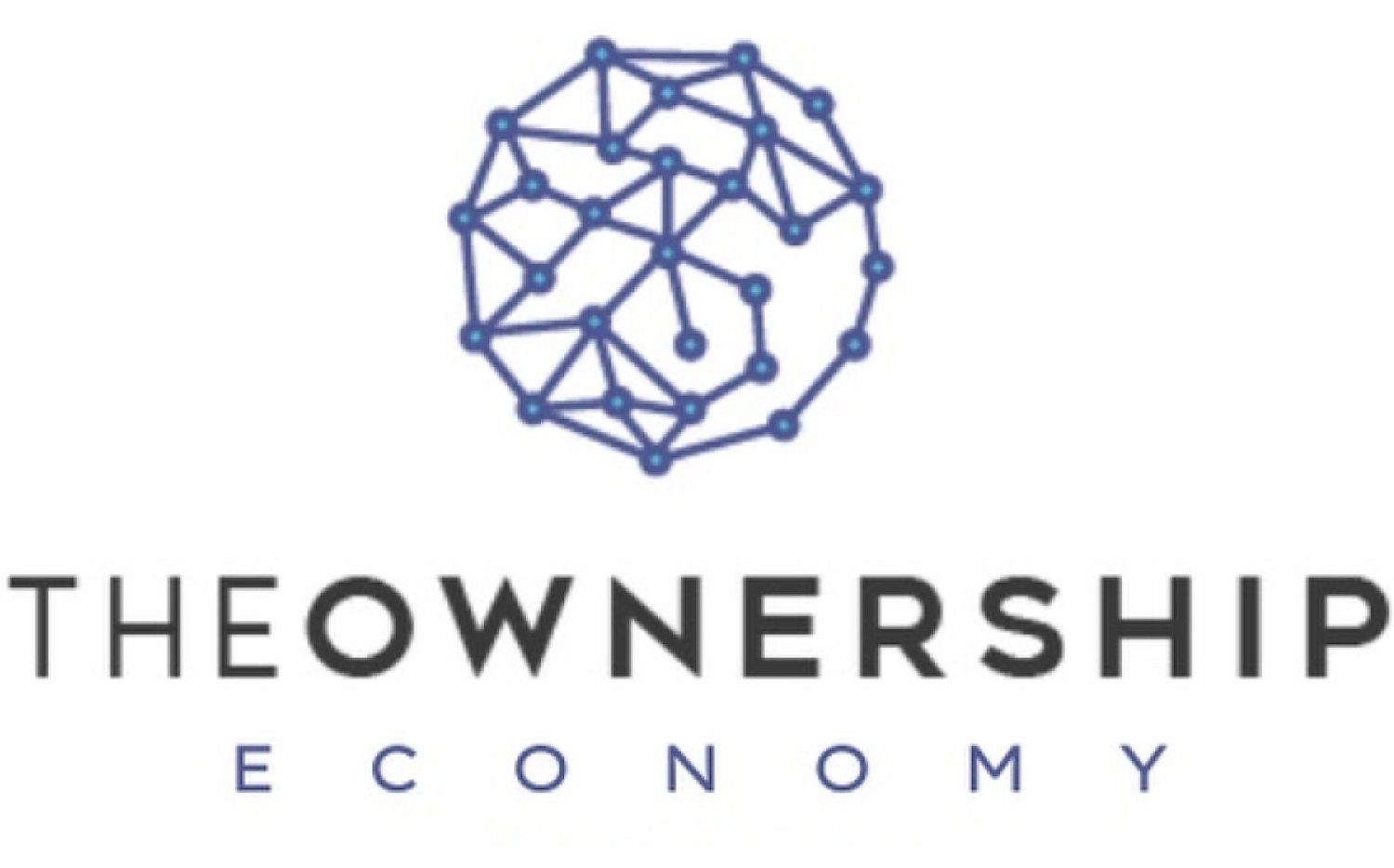Rethinking Succession: Employee Ownership as a Counter to Private Equity Dominance
Private equity roll-ups have surged, expanding five times faster than the overall U.S. economy. This rapid growth has raised concerns about the implications of private equity (PE) on market dynamics and affordability.
The Private Equity Playbook
Private equity firms thrive on consolidating fragmented industries, particularly those dominated by baby boomer-owned companies with limited succession plans. The strategy of acquiring companies at a low price/earnings ratio and selling them at a higher multiple has proven immensely profitable. Yet, while PE firms excel in transactions, their operational expertise often falls short.
This sentiment is echoed by company owners who have experienced PE acquisitions. One former client, a president of a company acquired by a PE firm, recounted his experience of being retained as a consultant to facilitate further acquisitions and share best practices. Although the acquisitions were successful, the integration of best practices was less so, highlighting the transactional focus of PE firms over operational excellence.
A Compelling Alternative: Employee Ownership
A different approach is gaining traction among business owners: Employee Stock Ownership Plans (ESOPs). A civil engineering firm in Wisconsin exemplifies this strategy, having made over 20 acquisitions without any private equity involvement. By implementing an ESOP, they reaped substantial tax benefits and integrated acquired companies into a common stock ownership structure, fostering employee engagement and performance through shared best practices.
The result has been remarkable: a sixfold increase in valuation over five years, benefiting both employees and customers. This model, known as "rewarding roll-ups," leverages the collective expertise of employees, who have a deeper understanding of their industry and operations than PE firms.
The ESOP Advantage
Pooling resources under an ESOP structure reduces costs per company, while employees, as owners, can directly influence the value of their stock. This approach not only enhances competitive edge but also provides job security, even during economic downturns. The civil engineering firm, for instance, has not experienced layoffs in over 20 years, demonstrating the stability and resilience of the ESOP model.
Broadening Awareness and Adoption
Despite the proven benefits, awareness of this alternative remains limited. However, reframing ESOPs as a platform for growth rather than merely an exit strategy is gaining momentum. This shift allows company owners to create a lasting legacy that benefits their employees and stakeholders.
Conclusion
As private equity continues to dominate, the rise of employee ownership offers a promising counterbalance. Investing in employees and fostering a sense of ownership can create more sustainable and equitable business models. The time is ripe for businesses to consider this compelling alternative, ensuring that the wealth and value generated remain with those who work hardest to create it.

